The Friends of the In Flanders Fields Museum organized a remembrance at
Lijssenthoek Military Cemetery on Tuesday 30 May 2023. And this for Major-General Malcolm Smith Mercer, CB, the highest ranked officer from the Canadian army who died in Flanders.
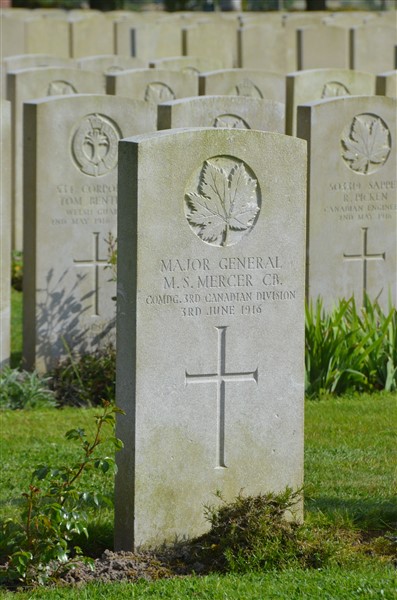
Major-General Malcolm Smith Mercer, CB - 17/09/1859 - 03/06/1916
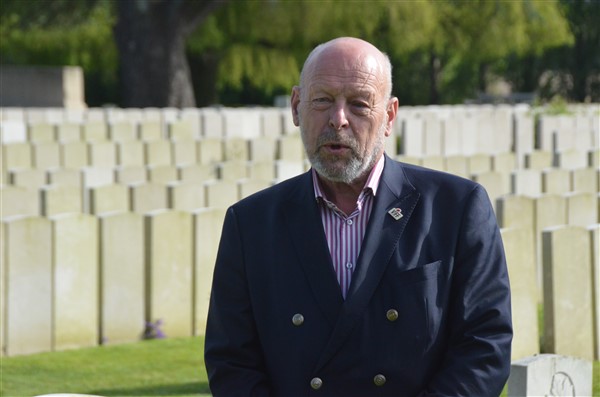
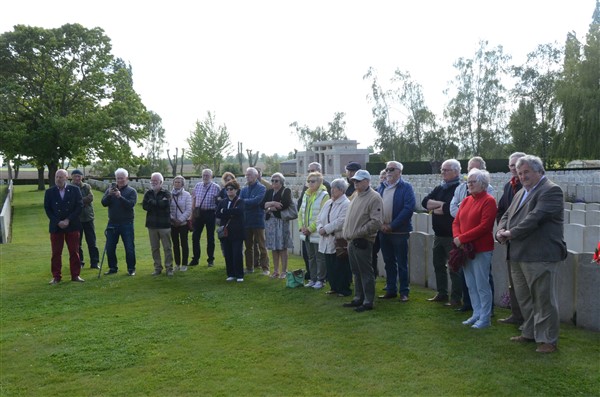
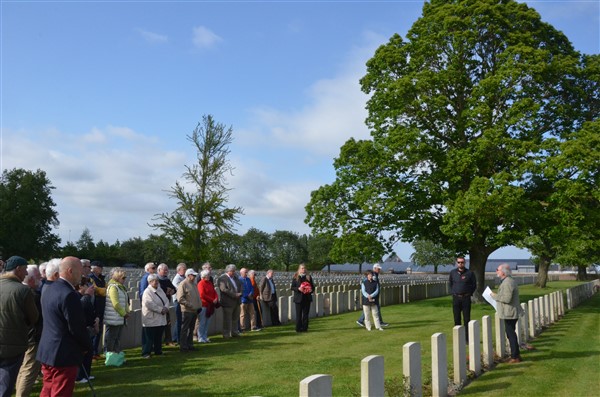
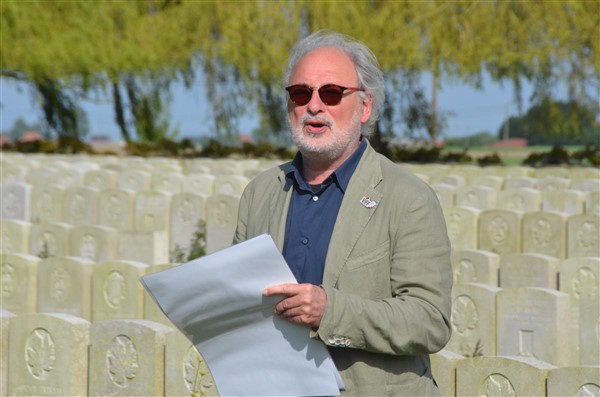
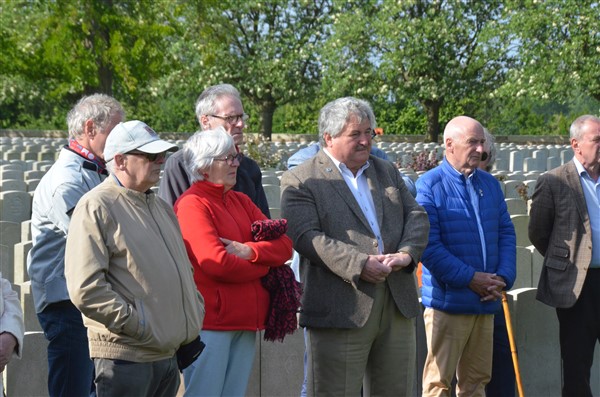
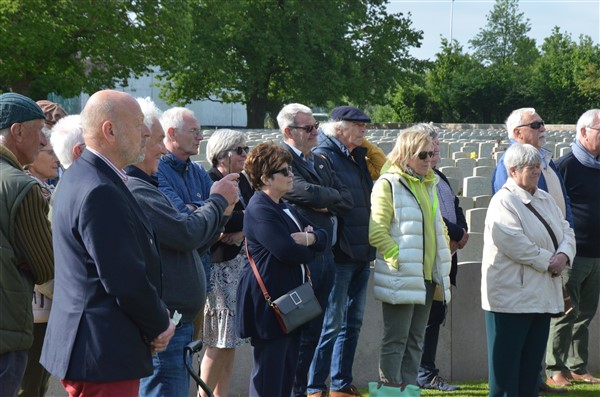
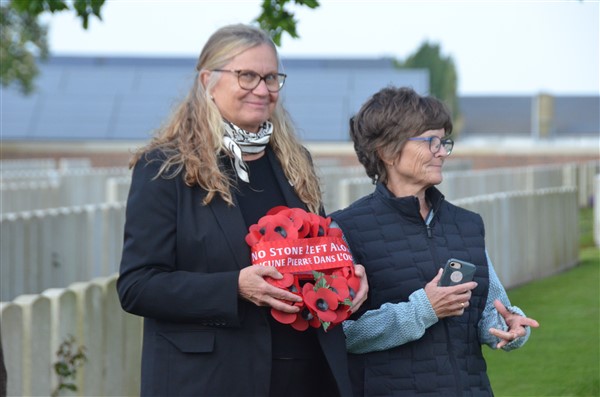
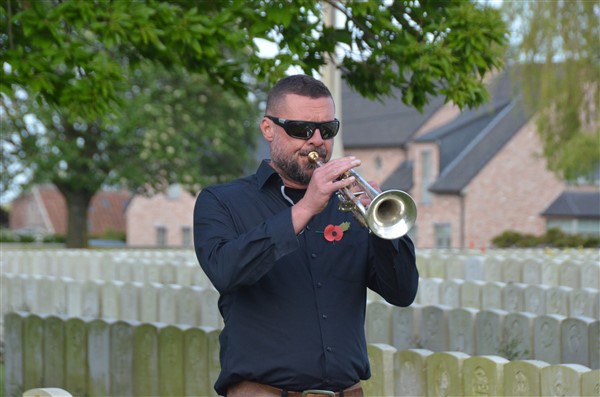
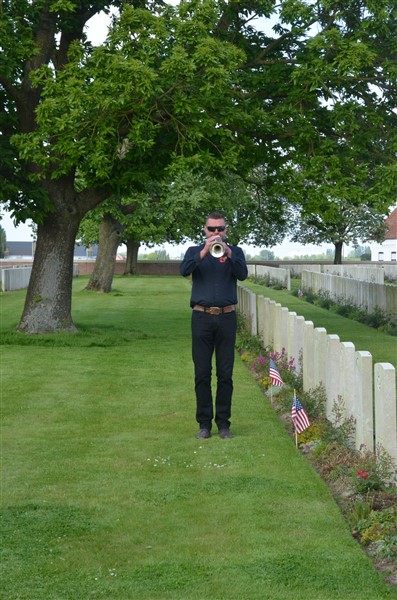
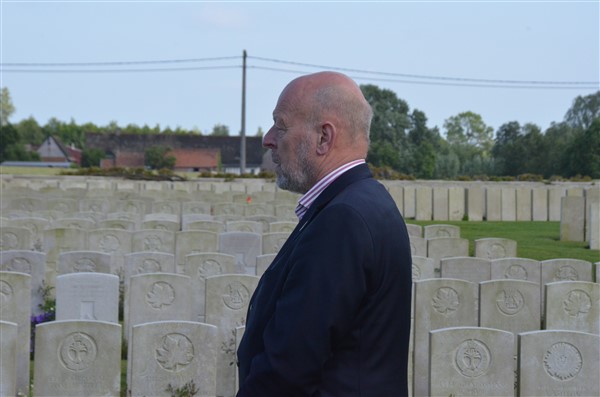
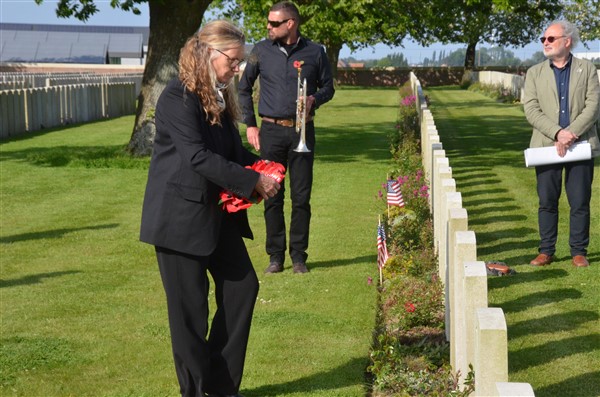
.jpg)
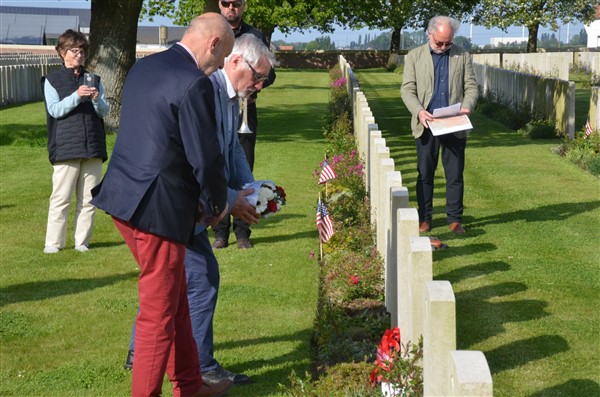
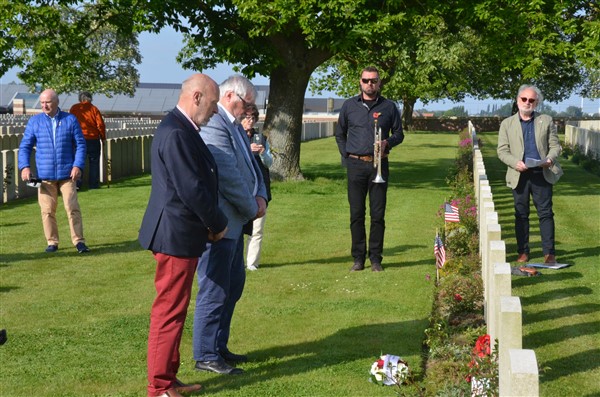
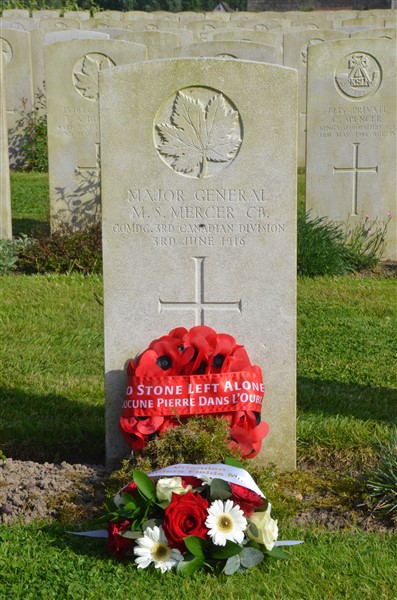
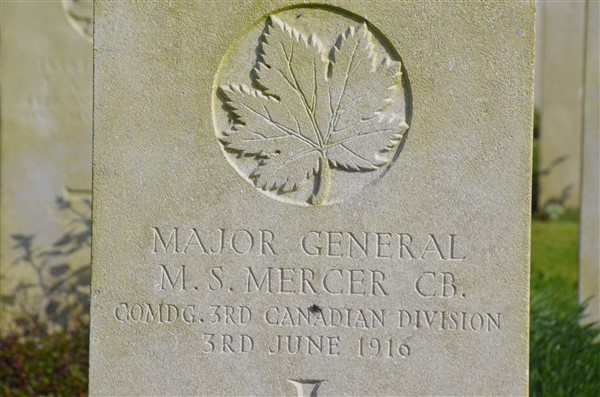
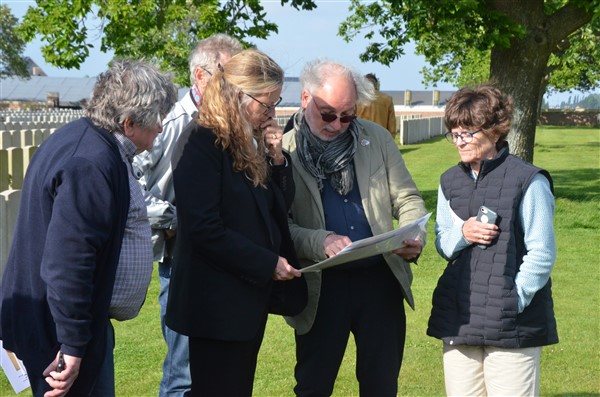
Major-General Malcolm Smith Mercer, CB (17 September 1859 - 3 June 1916) was a Canadian officer, lawyer and arts patron from Toronto.
Before World War I, he was active for more than 20 years in the Canadian Militia, the territorial military units responsible for interior defence. From that experience, at the outbreak of World War I, he was asked to help shape the Canadian Expeditionary Force. In the first Canadian contingent to go overseas, he became brigadier-general of the 1st Canadian Infantry Brigade.
He thus led the first four battalions, all recruited in Ontario, during the Second Battle of Ypres (22 April - 24 May 1915).
- 1st Canadian Battalion (Western Ontario): 426 killed in Belgium
- 2nd Canadian Battalion (Eastern Ontario): 527 killed in Belgium
- 3rd Canadian Battalion (Toronto Regiment): 418 killed in Belgium
- 4th Canadian Battalion (Central Ontario): 328 killed in Belgium
In late 1915, he was appointed Major-General and commander of the new 3rd Canadian Division. The division arrived in the Ypres Salient in March 1916. Malcolm Mercer had his headquarters in the vicarage of Reningelst. The Canadian Army Corps was charged with defending the entire eastern flank of the Ypres Salient. The overall commander was still a British general, Lieutenant-General Julian Byng, but for the first time the divisional commanders were all Canadian officers. Maj-Gen. Currie led the 1st Division, Maj-Gen. Turner the 2nd and Maj-Gen. Mercer the 3rd.
As a German attack was expected in the vicinity of Mount Sorrel and Hill 62 (German: Doppelhöhe 60), General Mercer conducted with Brigadier-General Victor Williams, CO 6th Infantry Brigade, their aide de camps Captain L. Gooderham and Captain Fraser and with Lt. Col. Ussher, CO of 4th C.M.R., on 2 June at 08.30, carried out an inspection of the Canadian trenches in the front line of the 4th Battalion Canadian Mounted Rifles, to be located in the fields north of Pappotstraat and south-west of Zandvoordestraat.
Shortly after Mercer arrived in the trenches, a massive German artillery attack began, with heavy-calibre shells destroying trenches and dugouts and killing many Canadian soldiers. Mercer was trapped in a dugout and a short time later stunned by a massive shell hit that wounded most of his staff and the officers of the battalion he was inspecting. The seriously wounded among the officers were transported to the dressing station of the 4th C.M.R., but Mercer remained behind with his wounded adjutant Captain Lynam Gooderham and was thus not present when the dressing station was buried by the explosion of four mines that preceded a large-scale German attack. In the confused situation, Mercer and Gooderham tried to escape the advancing enemy, but inadvertently found themselves caught in crossfire, with Mercer's leg broken by a bullet.
Mercer and Gooderham sheltered from the sustained artillery fire in a broken trench, both suffering from the effects of their wounds, until 01:00 on 3 June. At that point, an artillery duel began between the armies that were still mixed up, Mercer and Gooderham trapped in between. At about 02:00, a shell exploded in the trench they were hiding in, wounding Gooderham further and killing Mercer instantly by shrapnel to the heart. Some claimed the artillery fire came from their own side. Gooderham remained with his commander's body until he himself was captured by advancing German troops, who buried the general's body in a shallow grave at Gooderham's request.
The underground dressing station was also captured by the advancing Germans and, as a result, no one who knew where the general was that day returned to the Allied lines. Convinced that Mercer had been captured, General Currie of the 1st Division took command and, with the help of heavy artillery fire, was able to recapture the lost trenches on 13 June and drive the Germans back to their starting position. Canadian losses were very high. Between 2 and 16 June 1916, the Canadian Corps counted 2877 dead and a multitude of wounded and prisoners of war. The German side counted at least 1765 dead.
On 21 June, a Canadian burial team found 30 bodies in a sector of the trenches, including the remains of General Mercer, recognisable only by his uniform badges. Mercer was buried the next day in the military cemetery near Remy Siding in Poperinge. Later this became Lijssenthoek Military Cemetery, managed by the Commenwealth War Grave Commission. Some time after the burial, Achiel Van Walleghem, who had seen Mercer as a divisional general at Reningelst, visited the grave. He found it 'beautifully arranged', as can be seen in a photograph from the time. The general lies in a row of honour of only officers. Another 207 Canadians, victims of the 'Battle of Mount Sorrel', are buried at Lijssenthoek. But more than two thousand Canadians who fell in the battle never had a known grave and are today commemorated on the walls of the Menin Gate.
Mercer's funeral was attended by many men from his division and from his old regiments and by numerous Canadian and British officers who had worked with him. Mercer was posthumously mentioned 'in dispatches' for his bravery, the third time he had been so mentioned, and his division was taken over by Major-General Louis Lipsett who himself was killed in action two years later. Mercer is remembered as an efficient and capable organiser who never got the chance to demonstrate his tactical ingenuity that he had shown during training and exercises. He also remains the highest-ranking Canadian officer ever killed on the battlefield.
Page made by WO1.be / Greatwar.be.